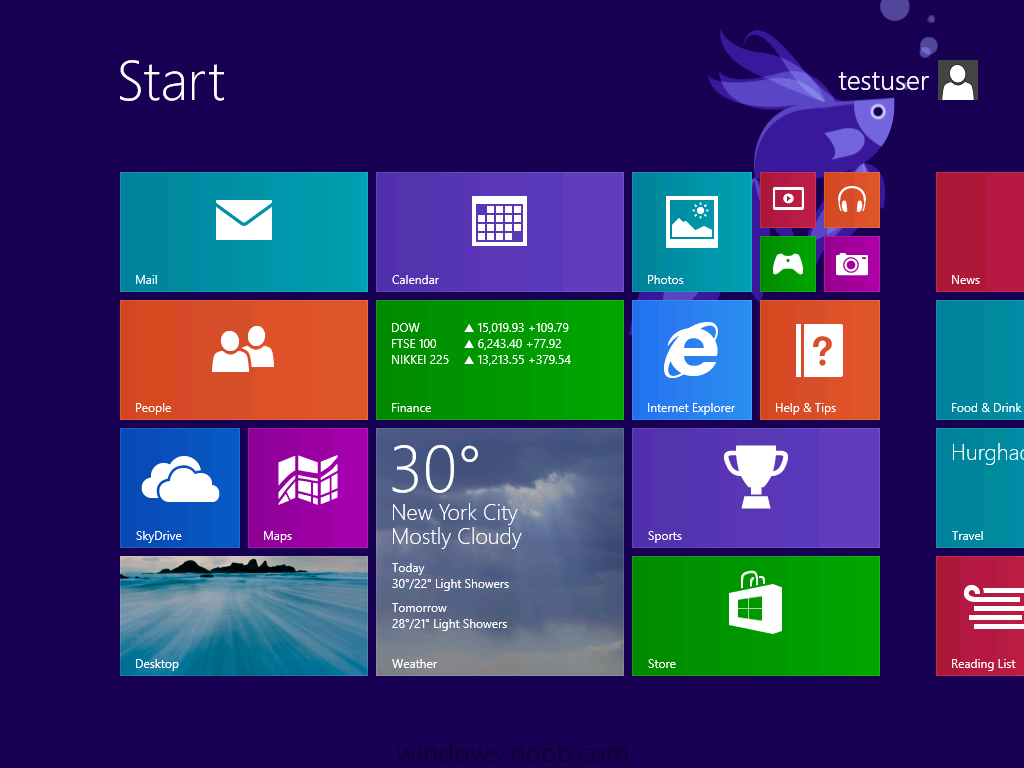

You can change many of these settings to make Windows behave the way you want.

And pictures, music, and video files now open with associated desktop apps (like Windows Photo Viewer, Windows Media Player, etc.). If you close all apps, it takes your back to the desktop. Closing a Windows Store app now takes you back to the previously used app. And pictures, music, and video files would open in Windows Store (modern) apps.ĪFFER the update: Non-tablet devices will now boot to the desktop. Closing Windows Store apps would take you back to the Start screen. But on a non-tablet device that might not have touch like a laptop or desktop PC, you might notice some changes:īEFORE the update: Non-tablet devices would boot to the Start screen. You won’t see much of a change on a tablet running Windows 8.1 or Windows RT 8.1. Making Windows 8.1 behave the way you want it to:Īfter the Windows 8.1 Update is installed, some of the default behaviors are changed in Windows 8.1 based on the type of device you are on. įor those of you who have the update, I’ve got some tips and tricks for you to check out. For everything you need to know about getting the update, click here. Be sure to check this KB article for details including necessary prerequisites needed prior to installing the update. You can also obtain the standalone update package through the Microsoft Download Center here.
#WINDOWS 8.1 STARTUP MANAGER INSTALL#
Those who wish to install the update ahead of getting it automatically may do so by manually checking for new updates via the Windows Update Control Panel. As you can imagine, we’ve got a lot of Windows Update servers all over the world – so it takes some time for updates to roll out to everyone. If you haven’t seen the update yet, don’t worry. Yesterday, we began rolling out the update to people via Windows Update. This update is a collection of refinements that makes Windows 8.1 feel more familiar and convenient with a mouse and keyboard as well as touch. Last week at Build, we announced Windows 8.1 Update.


 0 kommentar(er)
0 kommentar(er)
